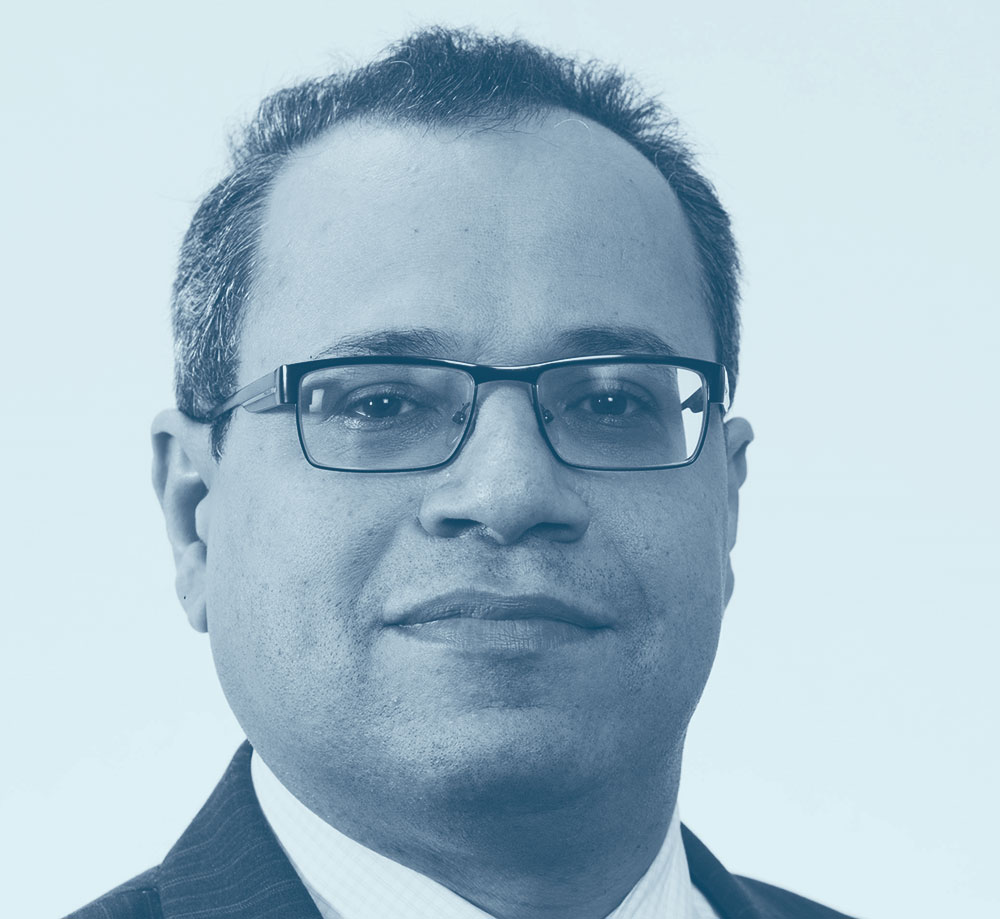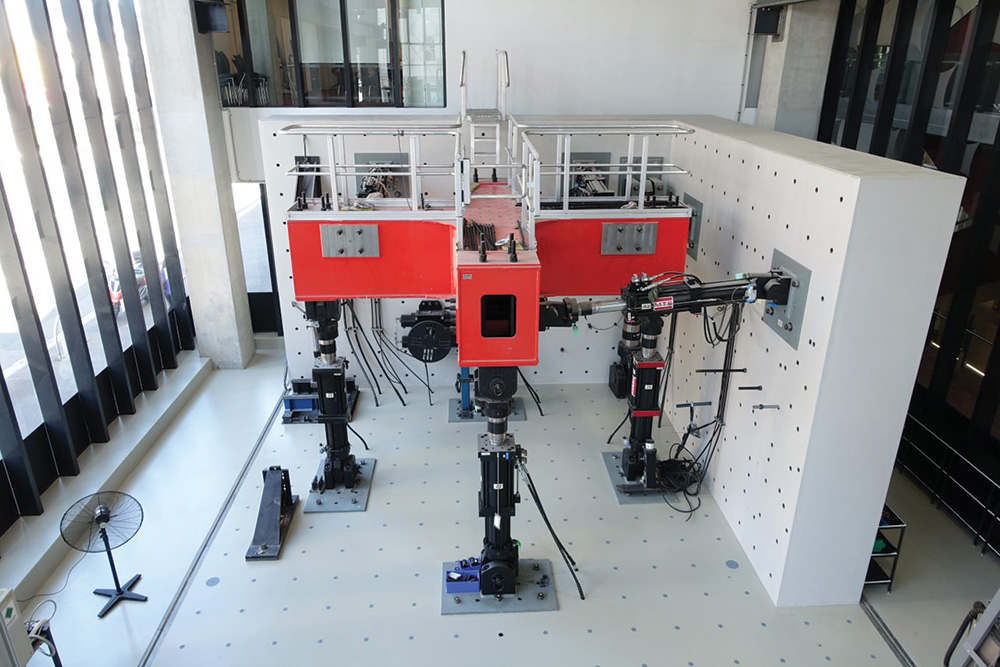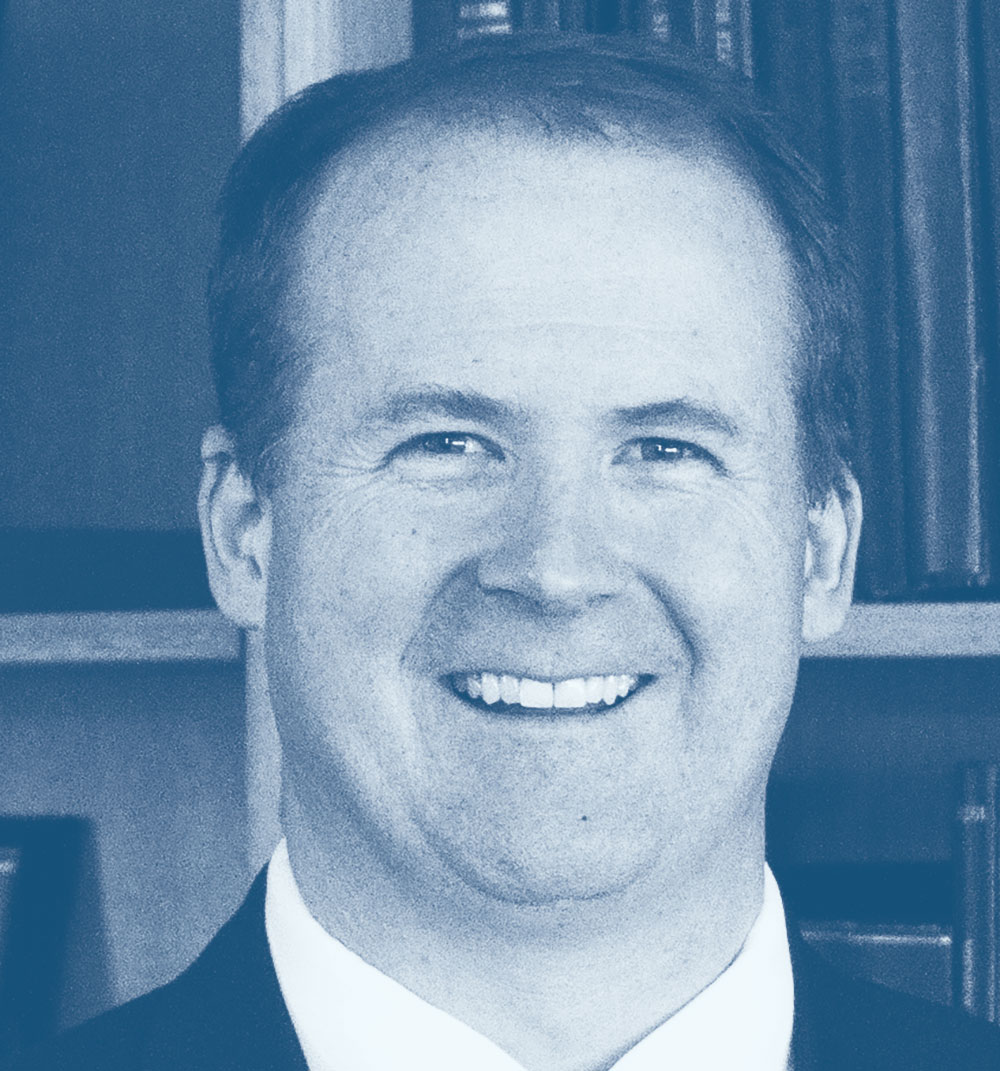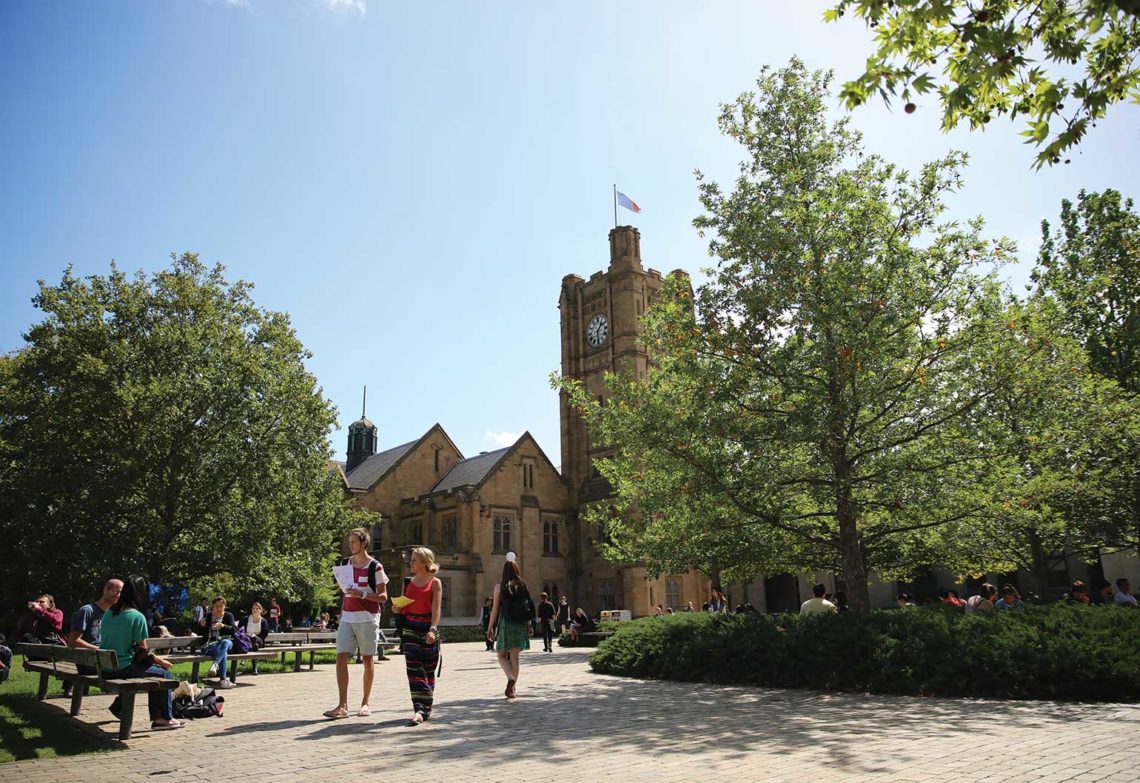Universities have been spurred by the coronavirus pandemic to transform engineering education so it can better meet the challenges of the future.
No industry has been immune to the impact of COVID-19, but the higher education sector has been acutely vulnerable.
Australia’s border closure to international students in March last year sent a revenue shock across the industry, while broad domestic lockdowns closed campuses to students and forced faculties to modify teaching methods for virtual environments in a matter of days.
In 2020, applications for international student visas plummeted to 80 to 90 per cent below the previous year. New modelling by Universities Australia indicates revenue losses could reach $16 billion between now and 2023.
Meanwhile, engineering faculties look set for a further revenue setback with the Federal Government’s Job-ready Graduates legislation reducing student contributions from $9527 a year to $7950, cutting funds to universities.
While the long-term impact of these challenges is yet to be seen, changes to teaching methods have presented opportunities for innovation and creativity — among teaching faculties and students alike.
Leading engineering educators say teaching will not return to its pre-COVID-19 days. What can we expect the new model to look like?
Adapting — on the double
When Victoria’s first COVID-19 lockdown was announced in March 2020, Professor Emad Gad FIEAust, Dean of the School of Engineering at Swinburne University of Technology, said the school “paused” for three days.

of Technology.
“We needed to convert everything to online, and I think we pivoted quite quickly,” he said.
“Admittedly, we did use those three days for an intensive upskilling, as not all staff or students were familiar with the [online] tools, so there was a fair bit of investment to get our classes resuming without too much interruption to the experience of our students.”
At the end of the first semester, Swinburne University of Technology sent a survey to students to gauge their experience with virtual learning and make any necessary adjustments to methods of assessment.
Bringing students together for written exams, for instance, was impossible. First-year engineering students were instead asked to build a prototype in their homes and to present the work via video.
“They needed to show how the prototype behaved and demonstrate their understanding of how the system worked,” Gad said. “Some students did things on a grand scale, which made the videos quite entertaining.”
Professor Farzad Khosrowshahi, Dean of the College of Engineering and Science at Victoria University, said the online transition was aided by the university’s “block model”, which sees courses delivered one unit at a time over four weeks, as opposed to four units at once over a 16-week semester.
“Moving to this model [in 2018] made the university more agile and ready for change,” Khosrowshahi said.
“We had already completely revised the assessment process by spreading it out over four weeks with a combination of assessments.”
At the University of Melbourne, course coordinators collaborated with technical teams to compile at-home experimental kits for students.
“Favourably, the changes also accelerated the university’s ability to deliver online, opening up opportunities for course delivery, particularly targeted short online courses,” said Professor Mark Cassidy, Dean of the Melbourne School of Engineering at the University of Melbourne.

Meanwhile, universities like Deakin were already offering their engineering course online, which made the COVID-19 adjustments a little smoother, said Professor Aman Maung Than Oo, Head of School in its Faculty of Science Engineering and Built Environment.
“Nevertheless, there has been change, because 70 per cent of all our students were based on campus, so for them it’s been quite a big shift,” he said.
While the curriculum didn’t change, assessments were modified and a final exam was swapped for online tests and quizzes throughout the semester. Deakin’s academic and technical staff also completed and recorded the experiments on behalf of students and shared the data and outcomes with them online.
“The main change is how students write the feedback, as it needs to be more in-depth,” Oo said.
“We have given more weight to the actual reflection on the experiment, rather than just collecting the data.”
Rising to the challenge
While universities were quick to adapt their teaching models, COVID-19 has delivered significant cuts to revenue that will impact the way education is delivered for years to come.
Almost 10 per cent of university jobs in Australia have been cut as a result of COVID-19. Cost savings have also been made through practical changes on campus.
“There’s a significant gap from the international student perspective but, at the same time, we’ve been able to make savings because we have done everything online,” Oo said, explaining that the cost of electricity on campus has been reduced due to lower attendance.
Oo added that Deakin may scrap on-campus lectures altogether, opting instead to record and upload all lectures to its online platform.
“I believe most of the universities will adopt that method,” he said.
“But we will not compromise with the contact hours students have with academics when it comes to on-campus learning. Instead of the classes, we’ll give them the opportunity to do more hands-on activities.”
The hybrid online/on-campus learning model may produce more well-rounded graduates. Companies like Autodesk say the pandemic has provided a test case for understanding graduates’ resilience and problem-solving skills.
“COVID-19 has not fundamentally changed employer expectations when hiring new graduates,” said Rod Hunt, Head of Customer Strategy and Innovation at Autodesk Australia and New Zealand.
“What’s changed is that the pandemic has given employers an additional opportunity to explore a candidate’s problem-solving ability, simply by asking, ‘How has COVID-19 impacted your ability to learn during the past year? How did your approach to your coursework change? What did you do differently, and what stayed the same? What did you learn about yourself?’’”

Preparing for change
Change rarely comes without challenges, but Khosrowshahi said the market will force universities to adjust.
“The question is, why did we have to wait for a pandemic to do it?” he asks. “We are supposed to be an industry of innovation.”
He predicts that the future will be very different but adds that behind each catastrophe lies opportunity.
“We need to be agile enough to jump from one thing to another without compromising our quality, our performance and our customers,” he said.
Khosrowshahi notes that international students still require education. He believes government, education authorities and universities should collaborate on “smart but simple solutions”.
Gad believes many of the changes forced upon engineering education in 2020 are aligned with a transformation experienced across the industry.
“Our colleagues in the profession have had to become used to working in a virtual space and we’ve all been impacted by the same conditions,” he said.

Cassidy agrees.
“The pandemic has reinforced the need to explore with students in engineering and IT how to design, how to critically think and how to challenge ideas,” he said.
Hunt predicts more opportunities for collaboration between universities and industry.
“Employers need to be clear with universities at all levels — across vocational, undergraduate and graduate programs — about which specific skills they’re looking for,” he said.
Meanwhile, engineering faculties will continue to grapple with unprecedented challenges.
“The challenge for all of us is to make sure that our graduates can adapt to disruption, whether it’s a technology disruption, a political disruption or the kind of disruption we experienced with the pandemic,” Gad said. “It would be a missed opportunity if we didn’t take the learning from this year even further. And I think innovation comes from a crisis.”
Five ways universities are transforming
- All lectures are virtual. With large gatherings off-limits, students can expect to log into engineering lectures.
- Final exams are split into online assessments. Assessments will include online tests and quizzes throughout the teaching year, with assessment less weighted toward final exams.
- On-campus learning is more practical. Contact hours will consist of more practical, hands-on learning and high-value experiences, rather than lectures and on-campus exams.
- Students will stretch their creativity. With more assessments going online, students may be expected to prepare video presentations of their experiments. This may inspire more creativity.
- More collaboration with industry. Passive learning is being replaced by practical experiences, which may lead to more collaboration with the engineering industry.




young people are adaptable. i recall going through the first year maths book in four weeks before the start of term in 1966. what a start that was to
my career. i am concerned that new thinking ignores first principles. lateral and obtuse thinking begins with first principles.
From an engineering/consulting industry perspective, I’m concerned that the block model doesn’t consider the importance of building on students’ skills already learnt in the art of task prioritisation. Throughout primary and secondary school we learnt how to juggle competing priorities, generally by osmosis, in the form of assignments and other pieces of assessment for multiple subjects taught concurrently. Tertiary education (both full and part-time) traditionally builds upon these skills through the teaching of multiple subjects in parallel. From an industry perspective, the subjects could be viewed as projects and the lecturers as clients. The statistics exhibited by Victoria University’s Block Model are no doubt overwhelmingly positive and after reading the Reactions from Students page on the University’s website (https://vucollaboratehelp.vu.edu.au/block-model/reactions-from-students) it makes sense why this delivery model has been seemingly successful. However, I would proffer that the Block Model doesn’t expose students to further development of their task prioritisation and deadline juggling skills that are absolutely essential in the engineering and consulting world. I’ve been a professional engineer for 4.5 years and to date I’ve never been fortunate enough to work on a single project at any given time. I acknowledge that some of my colleagues did work full-time on major projects or were seconded to client sites/offices where they were able to focus solely on the project they were assigned however this doesn’t last and inevitably the majority (aside from the ones who are poached, have a change in career direction or otherwise) returned to the office where they resumed the juggling act.
A number of times I’ve been handed the responsibility of sitting on the other side of a table in recruitment interviews. I can confidently say that if I was handed two different CVs of the same engineering graduate, one where the graduate had studied via the traditional delivery method (ie. multiple subjects run in parallel) and one with a degree gained from a University incorporating Block Model learning, I would tend towards the one earned from a traditional delivery method as I would have significantly greater confidence in their ability to manage their time and deal with the inevitability of competing priorities.